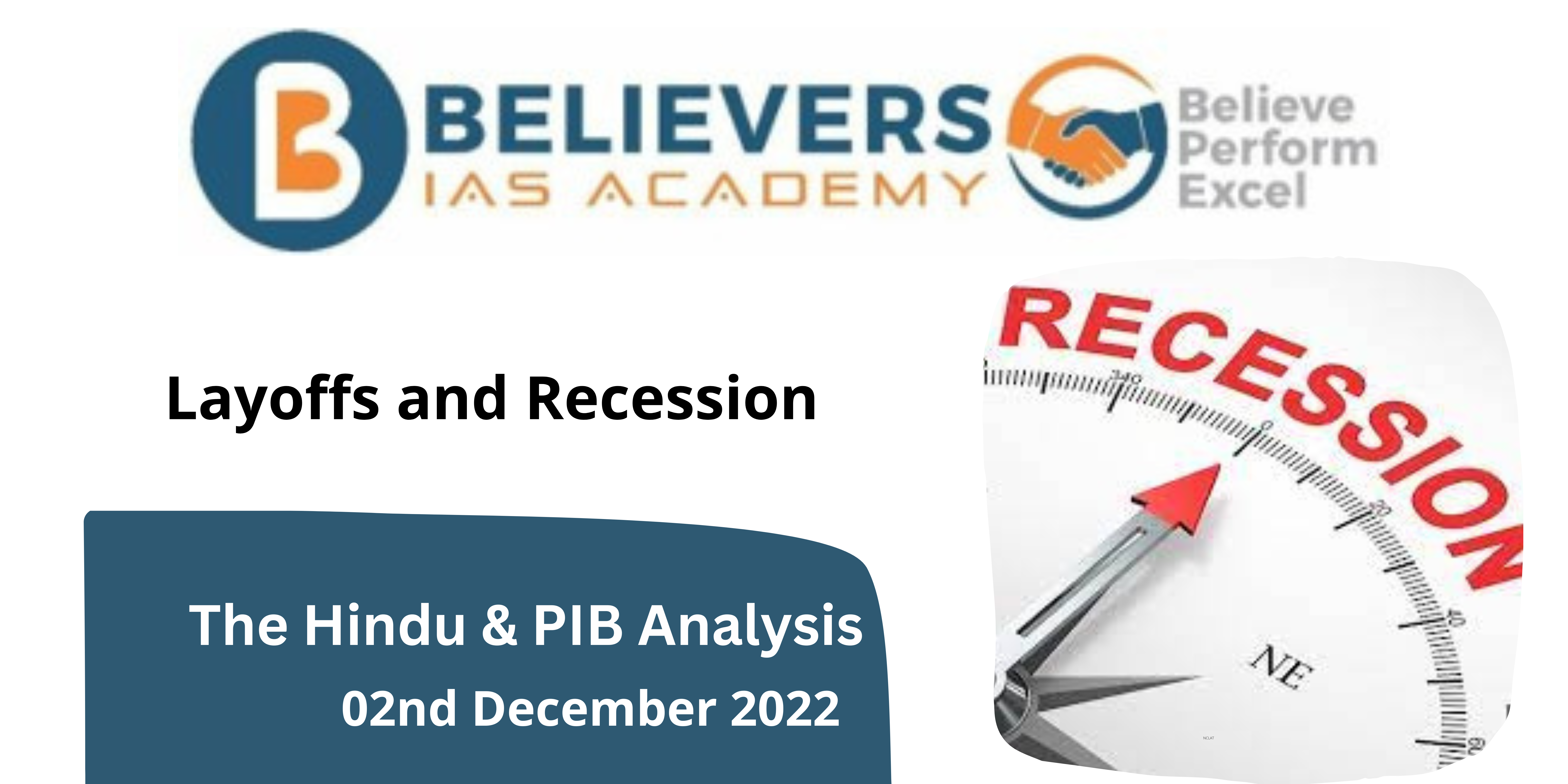Understanding Growth Challenges and Fostering Inclusivity
Context:
The National Statistical Office’s recent release of provisional GDP estimates for the quarter ending September 30 indicates a real economic growth rate of 7.6%, slightly lower than the previous quarter’s 7.8%.
- Gross Value Added (GVA) across various sectors portrays a marginal deceleration, with manufacturing, mining, utilities, and construction showing robust double-digit expansions, compensating for a slowdown in agriculture and services.
- However, the dependence on government spending raises concerns about sustaining growth and addressing inequality.
- Private consumption expenditure faces challenges due to rural demand uncertainties, posing a significant hurdle for policymakers.
Relevance:
GS-03 (Indian Economy)
Prelims:
GDP
Mains Question:
Analyze the recent GDP estimates, emphasizing the challenges posed by the slowdown in private consumption expenditure and the reliance on government spending for economic growth. (150 words)
Dimensions of the Article:
- Overall Economic Growth
- Challenges in Private Consumption Expenditure
- Services Sector Dynamics
- Agriculture Sector Woes
- Private Consumption’s Impact on Economic Resilience
Overall Economic Growth:
- The latest GDP estimates for the quarter ending September 30 reveal a real economic growth of 7.6%, marking a slight deceleration from the preceding quarter.
- A sector-wise analysis showcases robust expansions in manufacturing, mining, utilities, and construction, offsetting the loss of momentum in other sectors.
- Manufacturing, in particular, experienced a noteworthy growth of 13.9%, reaching a nine-quarter high.
- However, concerns arise as growth in private consumption expenditure slowed to 3.1%, with rural demand grappling with the impact of a below-average monsoon.
Challenges in Private Consumption Expenditure:
- Private final consumption expenditure (PFCE), a crucial component of demand, faces challenges with growth slowing to 3.1% in the September quarter, compared to 6% in the previous three months.
- The rural sector, significantly impacted by an erratic monsoon, contributes to the deceleration.
- Front-loaded government spending emerges as a key driver behind the recent economic momentum, influencing both consumption demand and capital investments. However, concerns arise regarding the sustainability of this momentum and its inclusivity.
- Policymakers face the challenge of balancing the positive impact of government spending with the need for a more diversified and inclusive growth trajectory.
Services Sector Dynamics:
- The services sector, a significant contributor to the economy, experiences mixed fortunes. While manufacturing and construction show robust growth, the services sector faces challenges.
- Trade, hotels, transport, and communication witness a significant slowdown, with growth dropping from 9.2% to 4.3%. Financial, real estate, and professional services also experience a more than halved expansion, reflecting post-pandemic uncertainties.
Agriculture Sector Woes:
- The agriculture sector, a lifeline for rural economies, demonstrates sluggish growth, with the agriculture, livestock, and fishing sector reaching an 18-quarter low of 1.2%.
- Additionally, the sector experiences a sequential contraction for the third consecutive quarter, underscoring the vulnerabilities in rural economic activities.
Private Consumption’s Impact on Economic Resilience:
- Private consumption expenditure emerges as a critical pillar of economic resilience. The slowdown in private consumption raises concerns about the economy’s ability to withstand external shocks.
- Policymakers must strategize to revitalize private consumption, ensuring its robustness for overall economic stability.
- Recalibrating strategies for balanced growth is essential for overcoming the current challenges. Uplifting sectors facing a slowdown, fostering inclusivity, and ensuring a diversified economic landscape are pivotal for building economic resilience and steering towards a more robust future.
Conclusion:
Addressing rural demand uncertainties and revitalizing private consumption expenditure are imperative. Additionally, there’s a need to recalibrate strategies to uplift sectors witnessing a slowdown, promoting a more equitable economic landscape. The key lies in having a comprehensive approach that mitigates challenges, ensuring a more resilient and balanced growth trajectory for the future.



